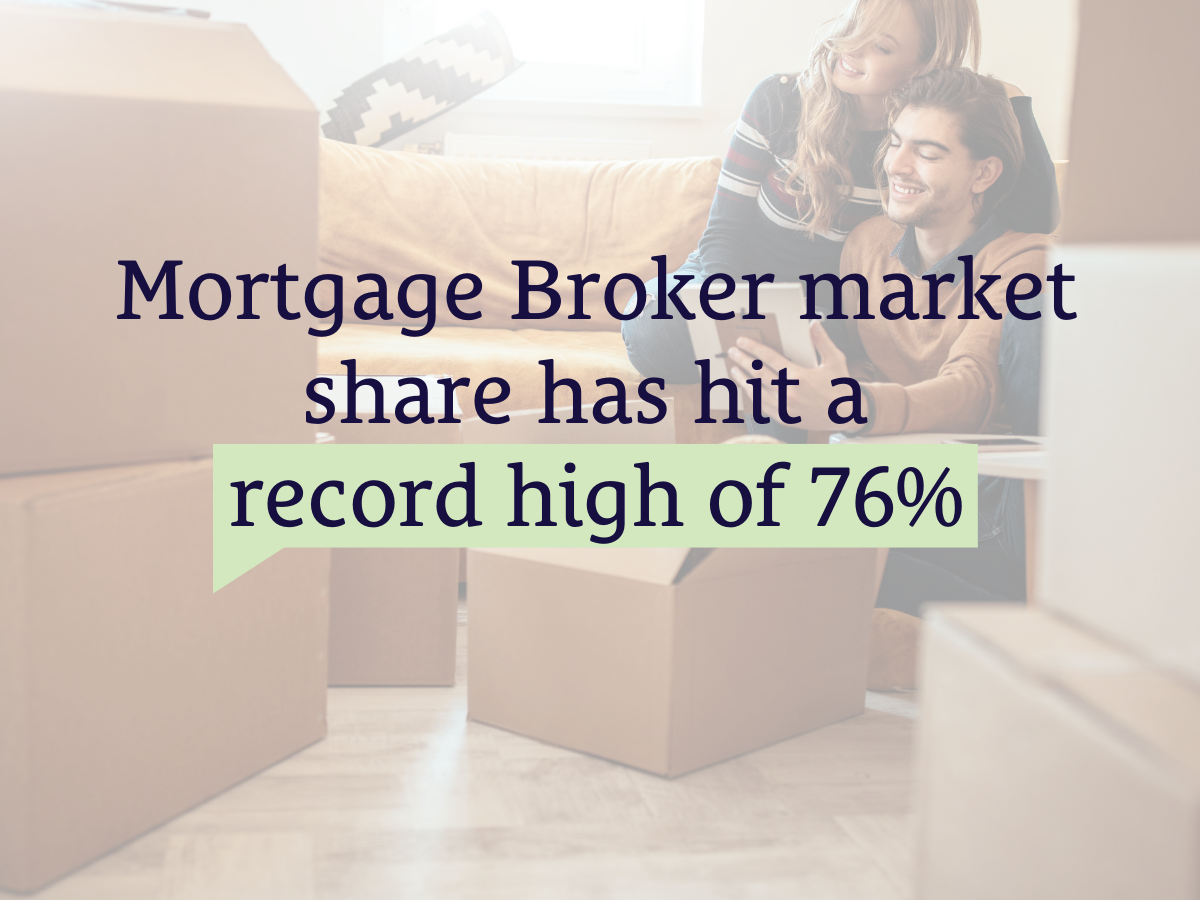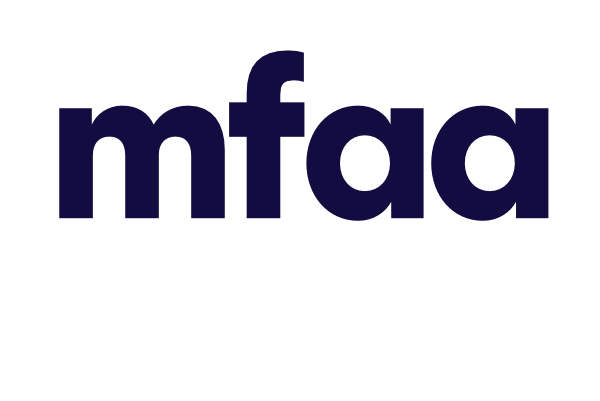

Your property investor clients may be eligible to claim tax deductions for certain costs.
As a mortgage and finance broker you can’t give tax advice, but you can share these tips and resources from the Australian Tax Office (ATO) that explain what can and can’t be claimed.
The Australian Taxation Office (ATO) says to be careful as not all up-front borrowing costs can be claimed straight away.
Your clients can claim things like mortgage broker fees, the costs of preparing and filing mortgage documents, mortgage stamp duty and loan establishment fees.
Borrowing expenses that are more than $100 must be claimed over 5 years or the life of the loan, whichever is less.
Your clients can’t claim:
Your clients can use the ATO’s new downloadable Borrowing expenses calculator to work out what they can claim.
Your clients can claim the interest they pay on an investment property mortgage in the year it’s paid, even if they pre-pay this for up to 12 months in advance.
Your clients can’t claim interest on any private items they use their investment loan to pay for like school fees, a new car, or a holiday.
They must apportion any private costs for the life of the loan, even if the items don’t last that long. If they redraw on the loan or refinance, they must still factor those private items in and not claim that part of the interest.
It may be easier for them to have separate loans, rather than working out complicated and time-consuming calculations every year.
It’s not uncommon to have to carry out repairs or improvements before your tenants move in. However, damage that was present when you purchased the property (not caused during your tenant’s occupation) are initial repairs.
Initial repairs are treated differently to ongoing repairs and maintenance expenses. Landlords need to understand the difference because initial repairs can’t be claimed as an immediate tax deduction.
Instead, they are treated as an additional cost of purchasing the property or an improvement to the property, regardless of whether they were aware of the damage at the time of purchase or not.
Initial repairs include things like fixing defects, damage, deterioration and any improvements.
Depending on the work that’s done, a deduction for the decline in value of building works or replaced items within the rental may also be claimed as:
Records of initial repair costs should be kept because anything that hasn’t been claimed previously can be included in the cost base of the property for capital gains tax (CGT) purposes when the property is sold.
The ATO’s Investor toolkit includes more information on these topics and many others, which you can find on the ATO website.
Webinar rewatch: Help your clients make the most of their investments
In this webinar recording featuring insights from Herron Todd White you’ll discover the difference maximising tax depreciation can make for your clients.
Exclusive to MFAA Members and available in the MFAA Learning Hub.
Remember, only registered tax agents can provide tax advice.





You can sign up for free by creating an account. If you are new to the portal, select "Create an account" to register and gain access to a range of free and useful resources.
If you already have an account, simply log in. Once logged in, you can easily apply for membership. If you need assistance, call our support team on 1300 554 817 for assistance.